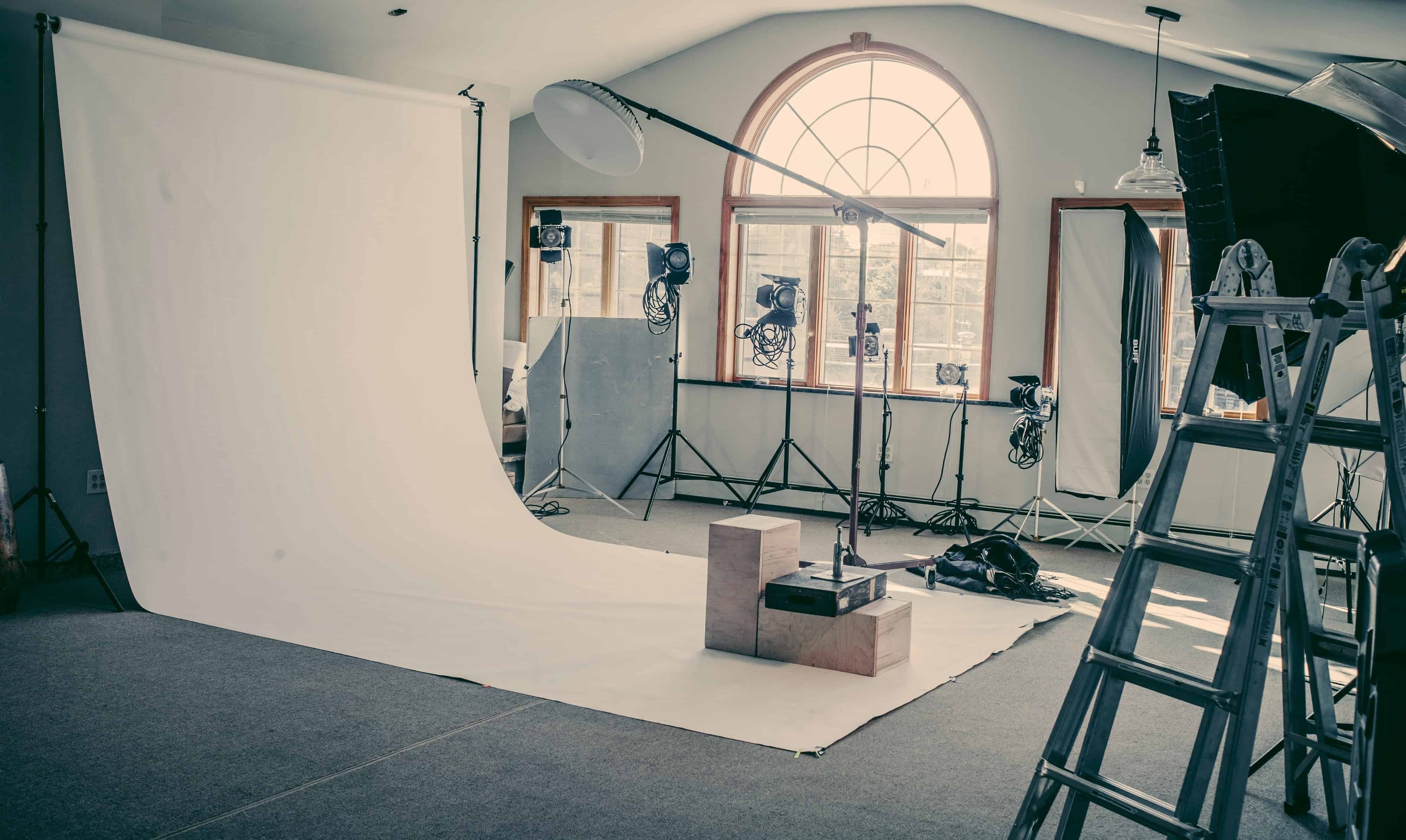The Essential Role of Lighting in Professional Photography
In photography, the significance of lighting is immense. For professional photographers, grasping the concept of why lighting matters in photography goes beyond mere technical understanding; it serves as a foundational element that shapes the quality and emotional resonance of their work. Lighting acts as a creative tool that can enhance your artistry or hinder it. In this article, we explore the pivotal importance of lighting, its different dimensions, and its influence on composition and storytelling.
Every photographer eventually contemplates why lighting is crucial in photography. This question seeks to unveil the secrets behind striking images and the subtle features that distinguish merely good photos from truly great ones. Mastering light manipulation enables photographers to shape their narratives, emphasize subjects, and construct visually engaging stories.

The Fundamentals of Lighting in Photography
At its essence, lighting in photography revolves around how light interacts with your subject and surroundings. The quality, direction, and color of light greatly influence how viewers perceive an image. Here are some vital aspects to consider:
Quality of Light
The quality of light influences the image's texture and tone. It can be categorized into hard and soft light. Hard light produces definite shadows and contrasts, often delivering dramatic effects. On the other hand, soft light creates gentle gradients and milder shadows, yielding a more flattering representation. Grasping the quality of light is essential for professional photographers who frequently operate in varied environments, including portraits, landscapes, or events.
Direction of Light
The direction of light significantly impacts how your subject appears. Front lighting can flatten images, while side lighting adds depth and dimension. Backlighting can generate silhouettes, bringing an air of intrigue. Adjusting light direction becomes critical, especially in outdoor shoots where natural elements may change swiftly. For enhanced understanding, consult this informative guide on choosing a mirrorless camera.
Color of Light
The color temperature of light can dramatically shift the mood and tone of a photograph. Cooler light may evoke a somber ambiance, while warmer light typically fosters an inviting feel. Understanding white balance crucially ensures that your camera settings align with lighting conditions, capturing true-to-life color representation. This knowledge is imperative for professional photographers who aim for exceptional accuracy in their work.

Various Lighting Techniques
Photographers use a range of lighting sources:
Natural Lighting
Harnessing natural light can produce breathtaking results. The sun's position at different times of the day creates diverse lighting qualities. The golden hour, often celebrated among photographers, delivers soft, warm light ideal for stunning portraits.
Studio Lighting
In controlled settings, studio lighting allows for precision. Employing softboxes, umbrellas, and strobe lights empowers photographers to creatively manipulate light to achieve desired effects. Mastery of these tools is crucial for professional photographers. For more insights, check out this overview of mirrorless cameras.

The Emotional Influence of Light
Lighting transcends mere technicality; it conveys the emotional narrative of your photograph. The delicate interplay of light can evoke emotions and guide the viewer's focus to specific details. Discovering how to wield light strategically facilitates deeper storytelling through your images.
Mood Creation through Lighting
The mood in a photograph often hinges on lighting conditions. For example, harsh lighting may suggest tension or conflict, while diffuse lighting might evoke tranquility or nostalgia. This emotional influence showcases why lighting is a powerful storytelling mechanism.

Practical Lighting Tips for Photographers
To excel in the use of lighting, professional photographers should keep the following practical tips in mind:
Experiment with Shadows
Shadows can either enhance your images or detract from them. Playing with shadows can introduce depth and intrigue to your photography. Adjust angles to observe how shadows can complement or undermine the scene.
Leverage Reflectors
Reflectors can redirect light and enhance shadows, boosting overall image quality. While often overlooked, knowing how to utilize these tools can significantly elevate your work. Explore this analysis of sensor sizes for more on this topic.
Conclusion: The Indispensable Role of Lighting in Photography
In summary, why is lighting significant in photography? It serves as the foundation upon which exceptional images are constructed. By mastering lighting techniques, photographers can produce work that is not only visually breathtaking but also emotionally resonant. Proficiency in lighting can distinguish you in the competitive photography landscape. Never underestimate its power; it has the ability to transform a simple scene into a magnificent masterpiece.
FAQs
- 1. How can I enhance my lighting skills in photography?
- Grasping the essentials, practicing under varied lighting conditions, and experimenting with different lighting instruments can significantly elevate your skills.
- 2. What type of lighting works best for portrait photography?
- Soft, diffused lighting typically presents the most flattering results for portraits, often best achieved during the golden hour or with the aid of softboxes.
- 3. How does natural light influence outdoor photography?
- Natural light, particularly its direction, quality, and color, profoundly impacts outdoor photography, altering mood and the appearance of subjects.
As an Amazon Associate, I earn from qualifying purchases. For additional lighting techniques, refer to this guide on product photography.

